
Space DogS
Welcome to Venus
“Welcome to Venus” announced the poster. Secundus looked at it with disdain. The picture showed Venus’s yellow and white clouds with sunlight beams piercing the scene. The clouds had a fluffy look to them - add a few angels and it would look like the heavens themselves.
Secundus looked out the window. The constant 300km per hour winds did not really allow ‘clouds’ to form. It was more like looking at a very angry sandstorm. A very acidic storm which would dissolve you to the bone in a few seconds, followed by your bones. Nobody lived on the surface of Venus. Venus was mined using airships that floated several miles above the surface. The airships dangled toughened and hardened cables down to the surface. The cables would burrow down a few feet then open up. Inside the cables were hollow with internal bristles that oscillated backwards and forwards. The cables would pick up small stones, dust and liquid and transport it up towards the airship for processing. The closest analogue was the way your lung removed debris out as phlegm. The cables would pull themselves down through what constituted a surface until they wore out. The cables had to be continually retracted, cleaned and redeployed. This was one of the jobs the main population of Venus did.
Secundus went from the window and continued through immigration control. Venus had very tight security. As well as its mining operation, it housed the territories penal facilities. Orbiting the planet were large prison airships and space stations. The more violent and political prisons were on the airships with the AlCatraz attitude that ‘escape was impossible’. Floating in sulphuric acid clouds tended to put a dampener on escape or jailbreaks from the outside. Prisoners made the majority of Venu’s population, and were used as cheap labour for the mining operation. The next poster announced how the ‘citizens’ of Venus’ were contributing to the Territories.